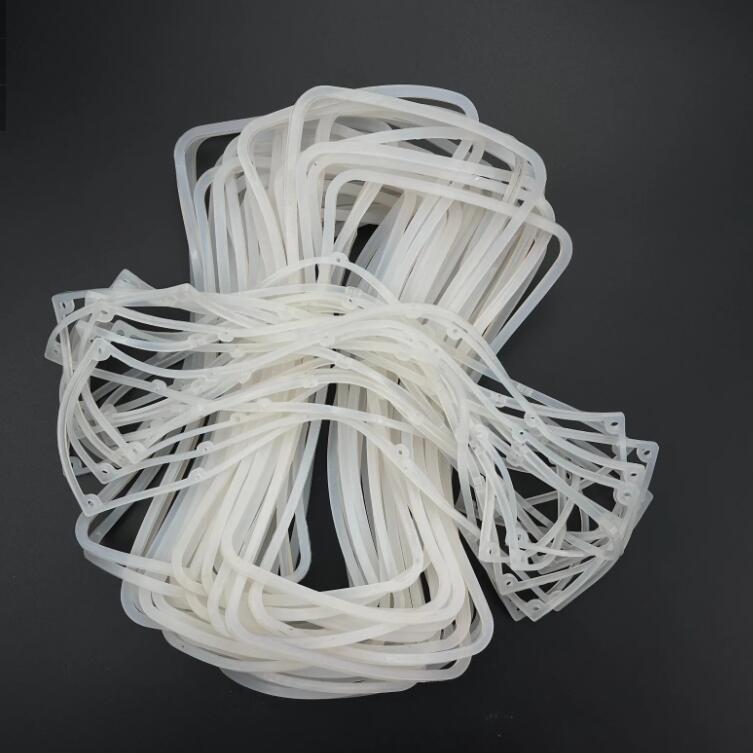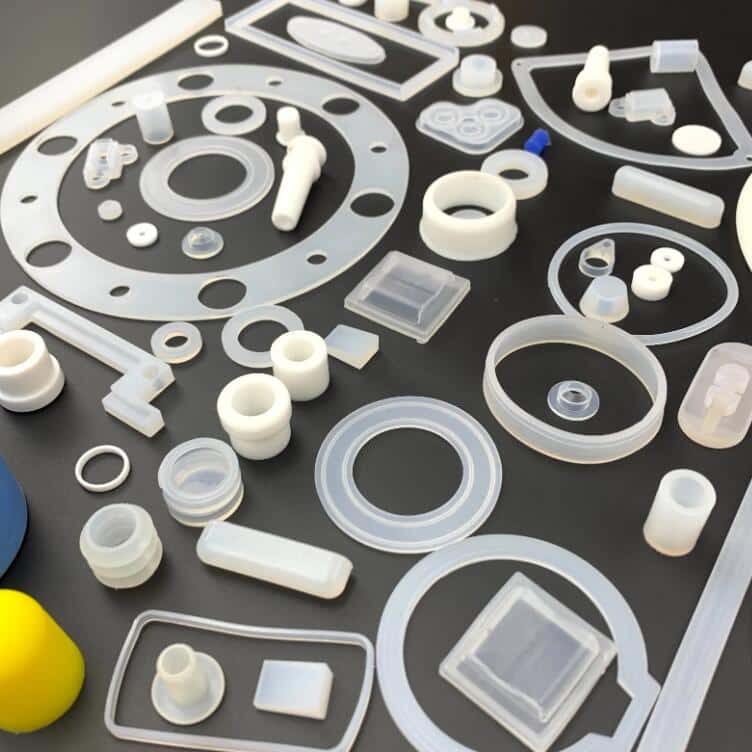Automotive Parts Application

Silione Rubber For Automotive Applications
Liquid silicone rubber(LSR) delivers the strength, temperature resistance, and durability needed under the bonnet and helps provide cushioning, load bearing and protective shock absorption qualities to automotive interiors.
Applications for silicone materials within automotive application continue to expand due to their versatile nature and physical properties. For example, they can remain elastic at high temperatures, provide protection from harsh environments.
They can be used under the bonnet, on the drive train, in the cabin and on the bodywork in both conventional and electric & hybrid vehicles of all types.
Silicone chemistry is widely used within current automotive applications due to its inherent physical properties including, a wide operating temperature range, electrical insulation, high dielectric strength, low coefficient of thermal expansion and resistance to moisture and chemicals.
Advances in Electric & Hybrid Vehicle design continue to reduce component size and increase power output, resulting in an ever-increasing demand for greater protection and better heat dissipation to maintain performance and life span.
Silicones Rubber Material For Automotive & Vehicles
Silicone chemistry is widely used within current automotive applications due to its inherent physical properties including, a wide operating temperature range, electrical insulation, high dielectric strength, low coefficient of thermal expansion and resistance to moisture and chemicals.
Advances in Electric & Hybrid Vehicle design continue to reduce component size and increase power output, resulting in an ever-increasing demand for greater protection and better heat dissipation to maintain performance and life span.
Within the design of electric vehicles, silicones are providing engineering and manufacturing solutions for use in charging units, inverters, electric motors, battery packs, wiring, connectors, sensors, displays and control units.
- More efficient heat dissipation
- Increases in thermal conductivity
- Electrical insulation
- Protection from moisture and chemicals
- Protection from thermal stress, vibration and mechanical shock
